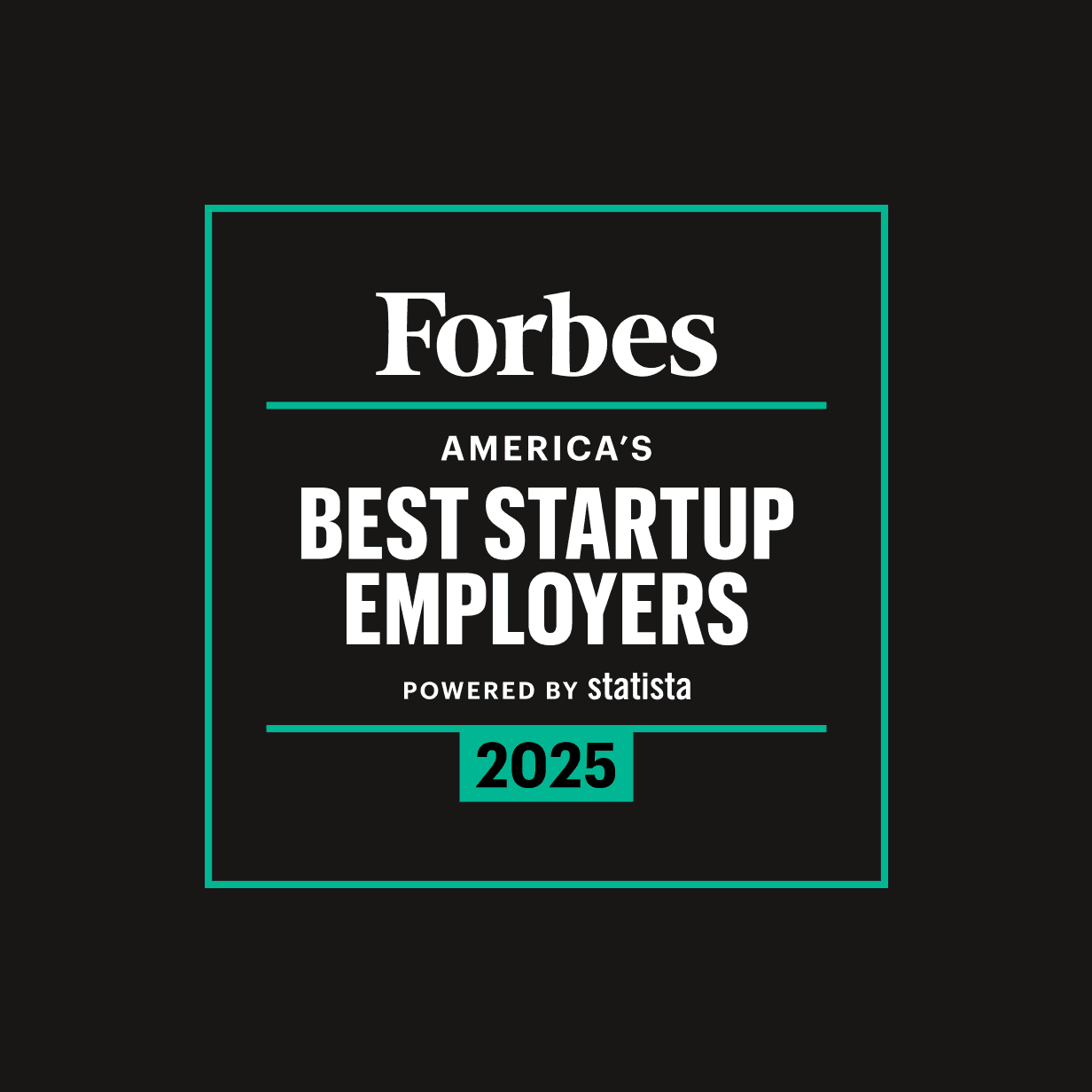If you’re an existing Adobe customer, you are likely evaluating Adobe Real-Time CDP to solve your audience management use cases. The question is, should you buy Adobe Real-Time CDP or another enterprise customer data platform?
This article will cover:
- What is Adobe CDP?
- How does Adobe CDP work?
- Pros and cons of Adobe CDP
- What are the alternatives to Adobe CDP?
What is Adobe Real-Time CDP?
Adobe Real-Time CDP is a customer data platform solution within Adobe Experience Cloud that helps you unify your customer data across various Adobe applications to create unified profiles, which you can activate across your marketing channels.
The platform is built for marketing teams already deeply embedded in the Adobe ecosystem and product suite. Adobe CDP's primary goal is to help you merge all of your customer data into one centralized platform so you can build and deliver rich customer experiences.
How Does Adobe Real-Time CDP Work?
Adobe CDP offers various features like data collection, identity resolution, and audience management.
- Data Collection: Adobe CDP supports batch and streaming ingestion from other Adobe products and several third-party tools to collect data from various sources. You can collect behavioral data through various software development kits (SDKs) powered by Adobe Analytics.
- Schema Management: All of your data must conform to Adobe's proprietary Experience Data Model (XDM) and fit into one of three behavior types: Records, Time Series, or Ad Hoc.
- Identity Resolution: Adobe CDP provides deterministic and probabilistic matching algorithms to stitch offline and online data into a single customer profile to aid with identity resolution.
- Audience Management: Like other CDPs, Adobe has a no-code audience builder that allows you to create cohorts of customers across accounts, customers, and prospects using attributes and user-completed events that you define.
- Real-Time Capabilities: Adobe CDP supports two types of real-time features: Event Forwarding and Profile API. Event forwarding allows you to send events to specific marketing applications as they’re generated, and Profile API allows you to query and pull data from Adobe CDP for ad-hoc marketing use cases.
Pros and Cons of Adobe Real-Time CDP
Here is a quick summary of Adobe CDP's pros and cons to help you decide if the platform is right for you.
Pros
By far, Adobe CDP's biggest advantage is its integration and compatibility support for existing Adobe applications, such as Adobe Target, Adobe Analytics, Marketo, etc. The platform also has some unique data-sharing capabilities via “Co-op,” which operates very similar to data clean rooms so you can share data with other companies.
Cons
The biggest downside to Adobe CDP is that it can be costly, and many core CDP features are only available as paid add-ons. Integration support for tools and applications outside of the Adobe ecosystem is very limited, and scaling with the platform can be challenging because you can't configure over 100 active destinations, and data syncs are limited to 5 million rows. Additionally, you can only sync a maximum of 250 audiences to a single destination.
What are the Alternatives to Adobe Real-Time CDP?
Here are some of the best Adobe CDP alternatives to consider.
Hightouch
Hightouch is a Composable CDP that integrates with your existing data infrastructure. The platform is designed to integrate with 200+ different destinations and offers everything from event collection, identity resolution, audience management, journeys, analytics, etc. The platform doesn't store any data, and instead of having to buy into shelf-ware, you can simply assemble CDP capabilities around your data warehouse, which makes the platform infinitely more flexible because it can work with any of your customer data–not just user and event data like most traditional CDPs.
Salesforce Data Cloud
Salesforce Data Cloud is designed to unify customer data across the Salesforce ecosystem into a single profile, enhancing your marketing campaigns. The platform is built on Apache Iceberg, which means there is some bi-directional integration support for data warehouses, but this feature is still very underdeveloped. The product offers many of the capabilities of traditional CDPs, like data collection, identity resolution, audience management, etc, but many key features are only available as add-on purchases, and the solution comes with a steep learning curve and a very high cost.
Treasure Data
Treasure Data is an enterprise CDP designed to gather and transform customer data, enabling the creation of audience segments for personalized marketing campaigns. Initially launched as a big data platform, it developed into a CDP catered to developers and large enterprises, using a data lake architecture with Hive and Presto. A key feature is the Real-Time 2.0 CDP, which combines batch and real-time processing for customer data management, including real-time identity unification and personalization. The platform boasts robust AI capabilities, offering over 20 pre-built machine-learning models and a Generative AI Copilot. However, implementing Treasure Data requires significant technical expertise. It relies on older technologies like Presto and Hive, which are much more difficult to manage than newer and more modern data warehouses like Snowflake.
Conclusion
On paper, Adobe Real-Time CDP might seem like a great solution, but the platform has several shortcomings and problems, and many customers struggle to get out of the implementation phase and realize value. While the native integration with existing Adobe tooling is nice, the platform's inflexibility makes it difficult to solve complex business-specific use cases.
With a Composable CDP like Hightouch, you can avoid a long implementation and start using your customer data immediately to drive business value because the platform is built to support and adapt to the dynamic needs of your use cases. If you’re interested in learning more, book a demo with one of our solution engineers today. We've also created a CDP RFP template that can help you when you're considering Adobe as your CDP.















